Whilst harboring the longest coastline in continental Africa (3,330 Kilometers), Somalia is geographically positioned in a favorable region in the world, with the Gulf of Aden to the North and the Indian Ocean to the east. Each year, Somali waters invite millions of tons of migratory fish species, creating one of the most profitable fishing grounds in Africa. In addition, the country has over 10,000 km2 of inland water area with two permanent rivers, the Juba and the Shebelle, which renders a great aquaculture potential.
Currently, the fisheries sector in Somalia has yet to be capitalized to its full potential. Studies conducted by SATG report that fish consumption at the household level is one of the lowest in Africa, with only 0.3% of the entire Somali population dependent on fishing as their principal livelihood. The fishing industry has contributed an average of 2% of the country’s total GDP. At present, the annual production of fisheries ranges between 25,000-30,000 MT/Year.

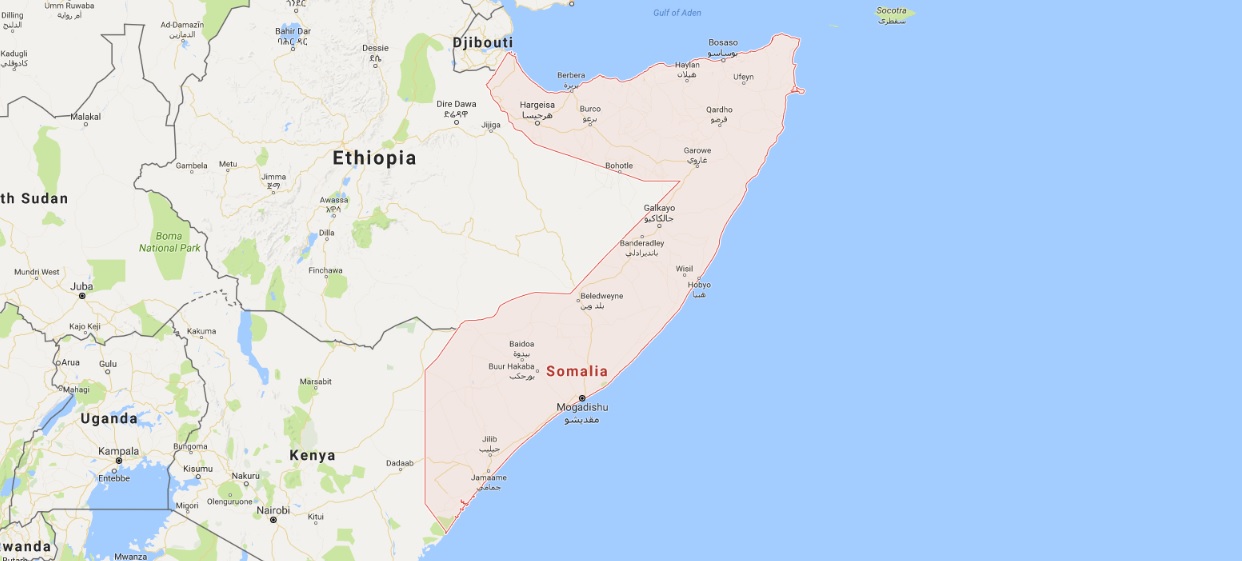
The potential annual production ranges between 340-420,000 MT on the Eastern cost and 40-80,000 MT on the North cost.
Survey Conducted by SATG
The majority of the fishermen practice subsistence fishing using traditional crafts. Fish catch per day is very small and ranges from 161kg for small scale, 510 kg for medium scale and 3072 kg for large scale fishermen. Across the various activities in the fisheries value chain, there are series of constraints, which drives away potential attraction for employment and investment
Somalia’s Fishery Sector Constraints Include:
A lack of knowledge, skills, and information.
The vast majority of input suppliers, fishermen, processors, and exporters have limited skills and capacity with regards to key factors like ‘where to purchase products’ or ‘how to increase fish catchment’ or even adequate storing and processing skills.
Price fluctuations.
With unstable market prices, buying and selling according to international standard becomes extremely difficult. Currently, the majority of fish trading in Somalia is done through local auction floor, which is mostly based on supply and demand.
Limited access to finances.
A lack of own capital, combined with the absence of financial institutions, are faced by all sectors of the value chain.
A lack of equipment and technologies.
Across the value chain there is the use of outdated tools and technologies, which are considered as major limiting factors for the growth of the fisheries sector in Somalia.
Lack of investment and limited access to international markets
Over 90% of the fish catches are used for local consumption only. The annual export volume is estimated at 15 million MT and the current export markets are Iran, Yemen, the Gulf countries, Kenya, and Djibouti. Large-scale production can only be realized through the introduction of decent technologies for fish catch, fish processing, and an improved storage system. Improving government policies, government regulation, and the introduction of appropriate quality control measures will help Somali fisheries access to international markets.
In addition to the above constraints, there is a major concern on the Illegal, Unreported and Unregulated (IUU) fishing in the Somalia territorial waters. International commercial fishing fleets from various countries have become active off Somalia territorial waters as the threat of piracy has receded and security measures to protect the shipping have become more effective.

Although the list of constraints in the Somali Fisheries Sector seem to be numerous, they also present many opportunities for investors, returning diaspora, and for the government to expand this important sector into a more globally competitive market. This sector must tap into the growing population of youth, women, and the entrepreneurial nature of the Somali population.

This can only be done when there is a growing capacity to manage the entire market, proper utilization of the emerging financial institutions, improvements in the infrastructure, and the development of effective policies to govern the fisheries sector across the entire value chain. With a more inclusive access to the market, proper training, and an efficient means of production, the productivity of fisheries in Somalia can reach an all-time high.
Other Related Topics
Rethinking Humanitarian Aid in Somalia: From Dependency to Sustainable Solutions
The Stop-Work-Order imposed by the Trump administration in January 2025 is a wakeup call to many developing countries including Somalia. Since the early sixties, the United States Agency for International Development (USAID) has been a significant contributor to...
USAID Stop-Work Order and Its Impact on SATG’s Agricultural Initiatives
The USAID Stop-Work Order has disrupted key agricultural initiatives in Somalia, including SATG’s involvement in the Inclusive Resilience in Somalia (IRiS) program. Despite significant progress in strengthening the agricultural sector, the halt to operations poses challenges. SATG remains committed to advancing sustainable development in Somalia’s agriculture and will continue to seek opportunities for growth and resilience.
Aragsan: A Game-Changing Mung Bean Variety for Somali Farmers
We are delighted to share a momentous development in the agricultural landscape of Somalia, particularly for farmers dedicated to the cultivation of Mung bean. In a collaborative effort between the Somali Agricultural Technology Group (SATG) and its affiliated...



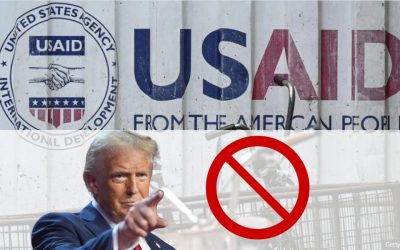
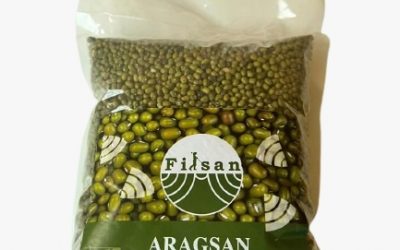

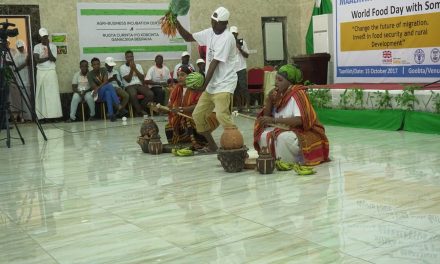
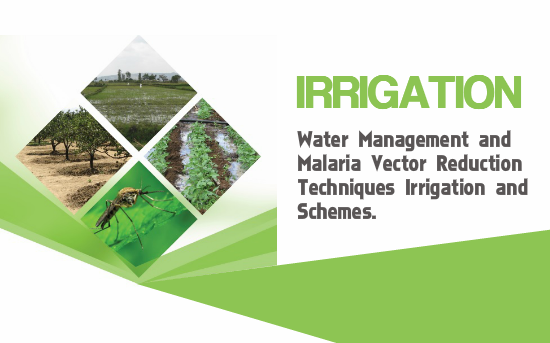

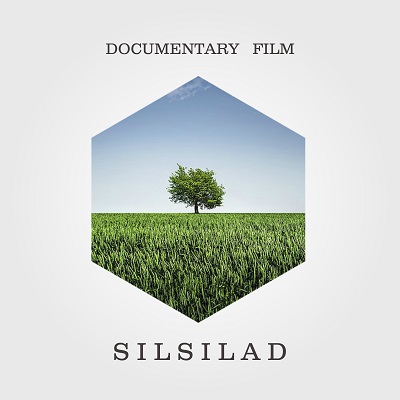

Recent Comments